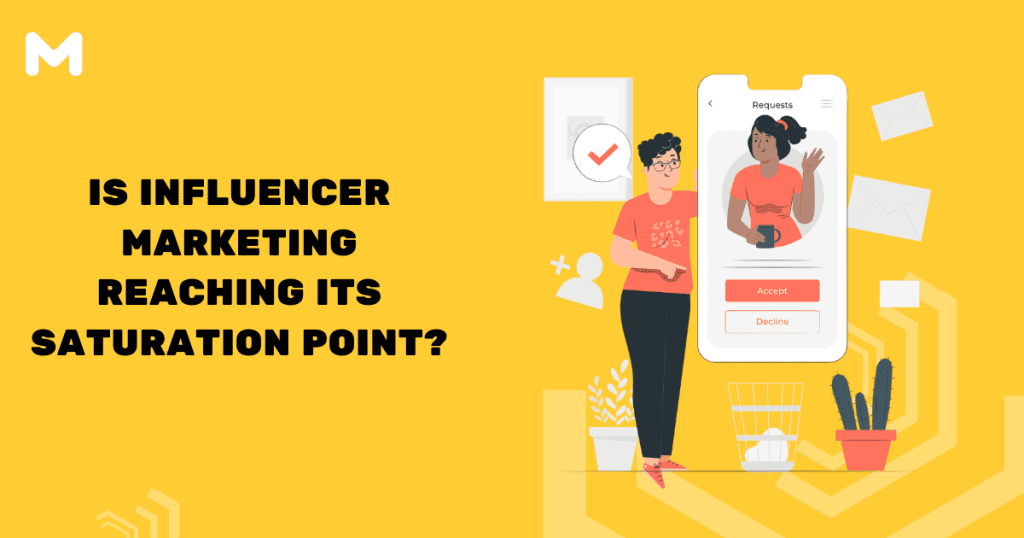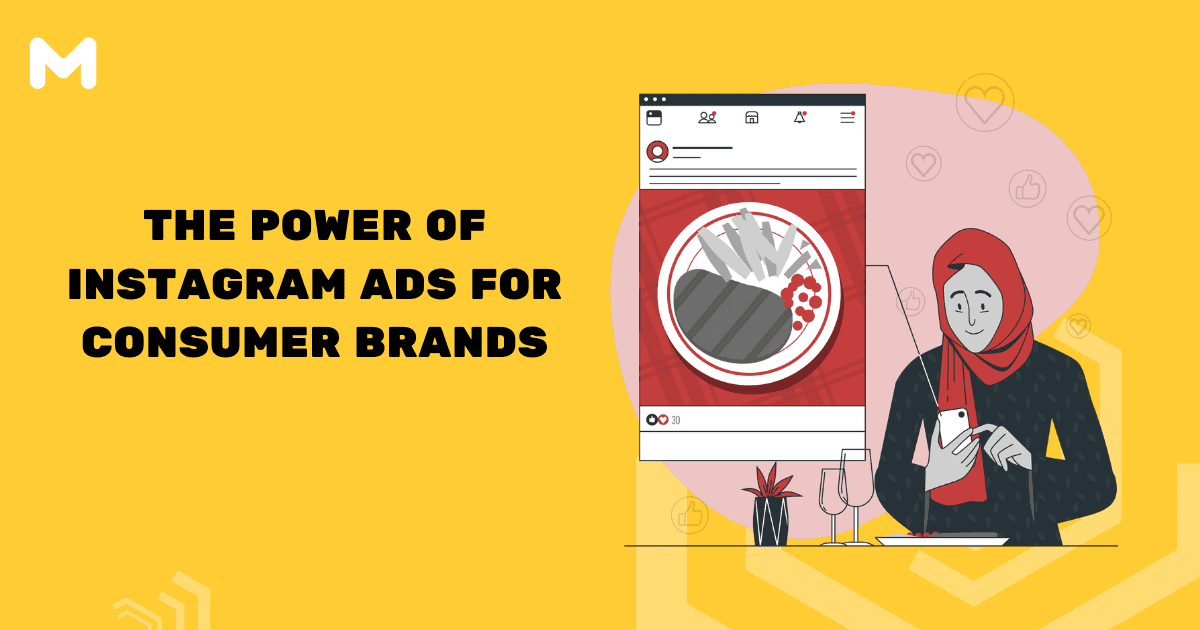In the golden age of social media, influencers have become the new celebrities. Platforms like Instagram, TikTok, and YouTube have democratized fame, making it possible for anyone with charisma and a smartphone to amass a following. Brands, in turn, have capitalized on this by partnering with these digital stars to market their products. The keyword here is “influencer marketing,” a phrase that has been almost synonymous with successful digital strategies in recent years. But as the sun continues to rise on the age of influencers, one can’t help but ask: Is the influencer market becoming oversaturated? With countless influencers vying for attention and every niche seemingly filled, the competition has grown fiercer than ever, leading some to question the long-term viability of this strategy. For businesses navigating this crowded landscape, understanding effective digital marketing tips for businesses is crucial to stand out and avoid wasting resources on campaigns that fail to resonate. As consumer trust shifts toward authenticity and value, brands must prioritize genuine connections over sheer follower counts to thrive in this evolving space.
Influencer Marketing: The Digital Gold Rush
To understand the current state of influencer marketing, it’s essential to look back at its inception. A decade ago, the concept was novel—a fresh, organic way for brands to connect with audiences through trusted personalities. The unique blend of authenticity and relatability made influencers the perfect brand ambassadors.
As the success stories piled up, more brands jumped on the influencer marketing bandwagon. The result? A surge in demand for influencers, leading to the rapid growth of micro-influencers, nano-influencers, and every category in between.
The Crux of Oversaturation
With the democratization of platforms and the allure of influencer lifestyle, everyone wants a piece of the influencer pie. Today, it’s not uncommon to scroll through one’s feed and find multiple sponsored posts, unboxings, and reviews—each attached to a different influencer promoting a different brand.
This flood of influencer content poses a significant challenge: differentiation. When everyone’s special, no one is. The unique selling proposition of influencer marketing—authenticity—is at risk of being diluted.
Moreover, as more influencers emerge, the competition for the same audience’s attention intensifies. The consequence? Potential diminishing returns for brands and a tougher fight for influencers to maintain engagement rates and follower loyalty.
Does Oversaturation Mean the End of Influencer Marketing?
Not necessarily. While there are evident challenges, influencer marketing is not about to disappear. Instead, it’s evolving.
Brands are now seeking quality over quantity. Instead of partnering with influencers based solely on follower count, there’s a shift towards genuine engagement, content quality, and alignment with brand values.
Moreover, niches are becoming more critical. Specialized influencers in sectors like sustainable fashion, vegan cooking, or eco-travel might have smaller followings but boast a more dedicated and engaged audience.
Future-Proofing Influencer Marketing
For brands:
- Research Before Partnering: Go beyond the numbers. Analyze the influencer’s audience, engagement quality, and content authenticity.
- Focus on Long-term Relationships: Instead of one-off campaigns, consider long-term collaborations. This fosters trust and a more organic integration of brand messages.
For influencers:
- Stay True to Your Brand: Authenticity is your currency. Partner with brands that align with your values and resonate with your audience.
- Engage with Your Audience: It’s not just about posting. Engage with your followers, reply to comments, and keep the two-way communication alive.
Moving On
The influencer marketing landscape might be crowded, but it’s far from barren. Yes, the oversaturation of influencers presents challenges for both brands and influencers. However, with the right strategies and an emphasis on authenticity and quality, influencer marketing remains a potent tool in the digital marketing toolkit. As the saying goes, “It’s not about the cards you’re dealt, but how you play the hand.” And in the ever-evolving game of influencer marketing, adaptability is key.


